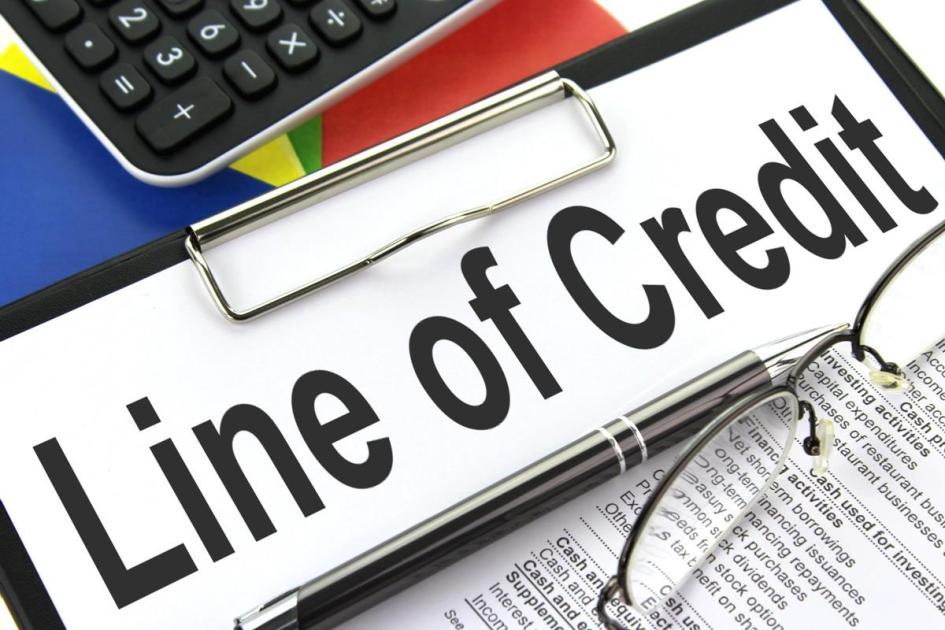Lines of credit can be powerful financial tools, offering flexibility and liquidity for businesses and individuals. Many people use a line of credit to access a flexible and revolving source of funds, allowing them to borrow and repay as needed, making it suitable for managing unpredictable expenses or capitalizing on investment opportunities.
Although lines of credit are a valuable tool, like any financial instrument, they come with challenges and pitfalls. Understanding these pitfalls is crucial for making the most out of a line of credit without falling into financial traps. Get familiar with some common pitfalls associated with lines of credit and provide detailed insights on avoiding them.
Misunderstanding Interest Rates
One of the primary pitfalls with lines of credit is a misunderstanding of interest rates. While lines of credit often come with variable interest rates, borrowers may not fully grasp the potential for fluctuation. It’s essential to carefully read the terms and conditions, especially regarding how interest rates are determined. Failing to anticipate rate changes can lead to unexpected increases in borrowing costs.
To avoid this, regularly monitor interest rate movements and consider fixed-rate options if you prefer stability in your payments. Additionally, maintain a good credit score to qualify for lower interest rates and favorable terms.
Overlooking Fees and Hidden Costs

Lines of credit are not immune to fees, and many borrowers overlook these costs until they accumulate. Common fees include annual fees, maintenance fees, and transaction fees. Reviewing the fee structure associated with a line of credit is crucial, and factor these costs into your financial planning.
To avoid this pitfall, carefully read the fine print and inquire about all potential fees. Some lenders may be willing to negotiate or waive certain fees, especially for customers with strong credit histories.
Another effective way to avoid hidden fees and costs is by obtaining a line of credit through a reputable service provider which only requires you to pay charges on what you borrow. To begin the process, you have to submit a request that takes a few minutes, request a credit limit, and if approved, you can request a draw, and the money may be deposited into your bank account as soon as the same business day.
Inadequate Repayment Planning
One of the most significant pitfalls is not having a robust repayment plan. Lines of credit often offer flexible repayment terms, but this flexibility can lead to complacency. Failing to establish a clear repayment strategy may result in accumulating debt and financial strain.
To avoid this, create a realistic repayment plan considering your cash flow and financial goals. Regularly review your outstanding balance and adjust your plan if necessary. Making only minimum payments can lead to a cycle of perpetual debt, so strive to pay more than the minimum whenever possible.
Excessive Borrowing
A line of credit can provide a tempting source of funds, but excessive borrowing is a common pitfall. Borrowing beyond your means or using the credit line for non-essential expenses can lead to a cycle of debt that is difficult to escape.
To avoid this pitfall, borrow responsibly and only for necessary expenses or investments that will generate a positive return. Regularly assess your financial situation and avoid the temptation to max out your credit line without a clear purpose.
Ignoring Economic Conditions
Economic conditions can impact interest rates and the overall health of financial markets. Ignoring these conditions when managing a line of credit can be costly. For instance, if interest rates are expected to rise, it may be reasonable to lock in a fixed rate to avoid higher future payments.
To avoid this pitfall, stay informed about economic trends and their potential impact on interest rates. Consider consulting with financial advisors who can provide insights into market conditions and help you make informed decisions.
Neglecting Credit Score Impact

Utilizing a line of credit can impact your credit score, especially if you consistently carry a high balance. Maxing out your credit line or making late payments can negatively affect your creditworthiness, making securing favorable terms on future loans more challenging.
To avoid this pitfall, maintain a healthy credit utilization ratio by keeping your outstanding balance below the credit limit. Make timely payments, as your payment history is crucial in determining your credit score.
Failing to Monitor Changes in Credit Terms
Credit terms, including interest rates, credit limits, and repayment terms, can change over time. Failing to stay informed about any modifications to your line of credit terms can lead to unpleasant surprises and financial challenges.
To avoid this pitfall, regularly review communications from your lender, especially updates to the terms and conditions of your line of credit. Be aware of any potential changes in interest rates or credit limits, and contact your lender for clarification if needed. Staying proactive and informed will help you adapt your financial strategy accordingly and avoid any adverse effects of unexpected changes in credit terms.
Not Having a Contingency Plan
Life is unpredictable, and unexpected financial challenges can arise. Failing to have a contingency plan can lead to financial stress and an inability to meet your obligations.
Develop a contingency plan with an emergency fund and alternative financing options to avoid this pitfall. Having a financial safety net can help you navigate unforeseen circumstances without relying solely on your line of credit.
Lack of Regular Financial Check-ins

One common pitfall is complacency – setting up a line of credit and forgetting about it until problems arise. Regular financial check-ins ensure your financial strategy aligns with your goals and circumstances.
Schedule regular reviews of your line of credit, interest rates, and outstanding balances to avoid this pitfall. This proactive approach allows you to adjust your financial plan as needed and prevents potential issues from escalating.
Conclusion
Lines of credit can be valuable tools when used wisely, but understanding and avoiding common pitfalls is essential for financial success. Following the steps in this guide and getting familiar with common pitfalls is a great way to make informed financial decisions.
Financial landscapes evolve, and staying vigilant ensures that using a line of credit aligns with your long-term goals. By avoiding common pitfalls and adapting to changes, you can harness the benefits of a line of credit while safeguarding your financial stability.




